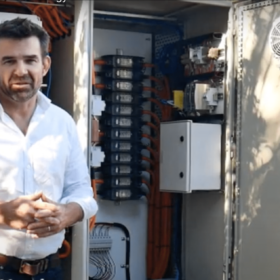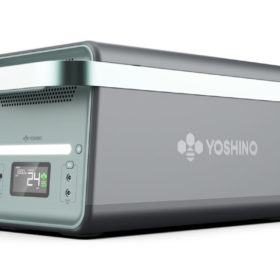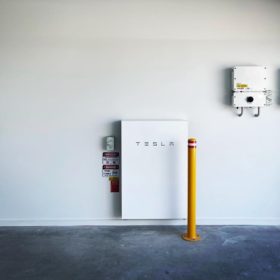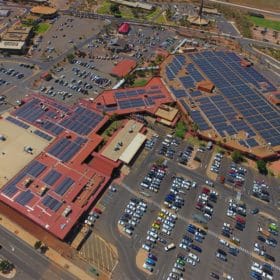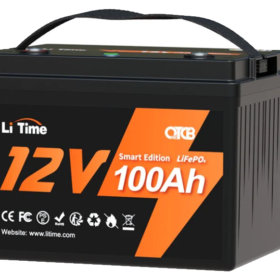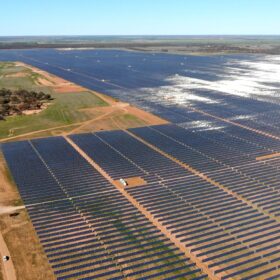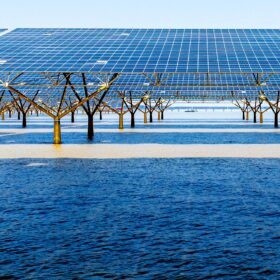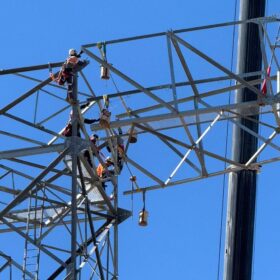Queensland flow battery maker integrates products with Chinese inverters
Queensland zinc-bromine flow battery maker, Redflow, has announced its batteries have successfully been integrated with Chinese brand Deye’s hybrid inverters. Redflow says the integration “provides a range of new capabilities previously unavailable to the Australian market.”
New residential battery inverter solution from China
Esysunhome (ESYSH), a new energy storage company in China, has developed a 5.12 kWh lithium iron phosphate (LFP) battery system with a 7.9 kW inverter. It says six modules can be combined for up to 30.72 kWh of energy storage capacity.
U.S. startup unveils portable solid-state lithium-ion battery for residential use
California-based Yoshino Technology has developed portable batteries using solid-state Li-NCM cell technology. The four variants come with power outputs of 330 W, 660 W, 2,000 W, and 4,000 W.
ACT pulls plug on Next Gen energy storage program
A government-backed incentive scheme established to accelerate the introduction of distributed solar energy storage in the Australian Capital Territory is to be wound up having achieved its target of subsidising the installation of about 5,000 batteries over the past seven years.
Schneider Electric releases residential solution with battery, inverter, EV charger
Schneider Electric’s new Schneider Home platform includes a smartphone app to monitor and allocate energy resources.
Commercial landlord begins battery foray following major solar rollout
Major shopping centre landlord, Vicinity Centres, has teamed up with Enel X to potentially deploy up to 50 MWh of cumulative energy storage capacity. The partnership kicks off with two battery fit outs in Victoria and New South Wales, and follows a $73.2 million (USD 50 million) solar rollout across Vicinity’s shopping centres.
First ore shipment sails from NT lithium mine to China
Australian miner Core Lithium has made the transition to lithium producer with 15,000 tonnes of unprocessed ore from its Finniss mine in the Northern Territory now heading to China where it will be converted into materials for the global renewable energy storage and electric vehicle markets.
Weekend read: Puerto Rican resilience
Before Puerto Rico had a chance to recover from Hurricane Maria, in 2017, it was rocked by earthquakes and then, in September 2022, the island was struck again – this time by Hurricane Fiona. These disasters severely impacted Puerto Rico’s infamously fragile power grid, but have emboldened local communities to take power into their own hands through solar and battery storage, and increasingly in the form of microgrids. Compelled by catastrophic circumstances, Puerto Rico must now push toward energy resilience and in the process may see itself become a model not just for other islands, but mainland grids as well.
Growatt releases new battery for rooftop solar applications
Growatt’s new APX HV cobalt-free lithium iron phosphate (LFP) battery has a storage capacity of 5 kWh and a nominal voltage of 650 V. It can be scaled up to six battery modules, for a maximum capacity of 30 kWh, or 60 kWh in parallel. It comes with a 10-year warranty.
LiTime unveils 100 Ah lithium iron phosphate battery for residential PV
Shenzhen LiTime Technology’s new lithium iron phosphate battery system has a nominal voltage of 12.8 V and a capacity of 100 Ah. It comes with a five-year warranty and can purportedly operate for more than 4,000 cycles.
